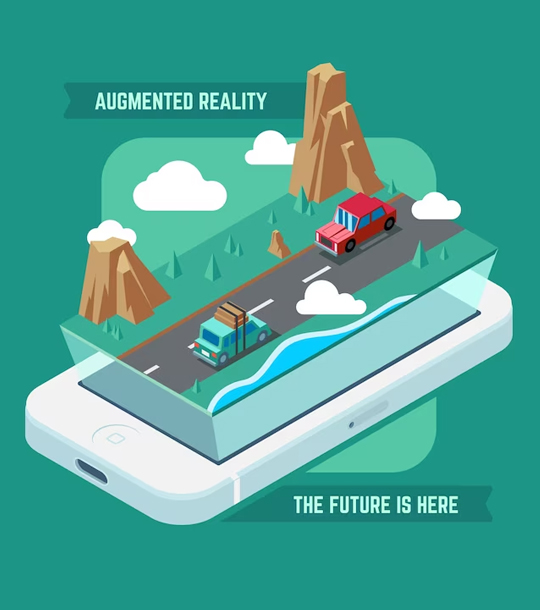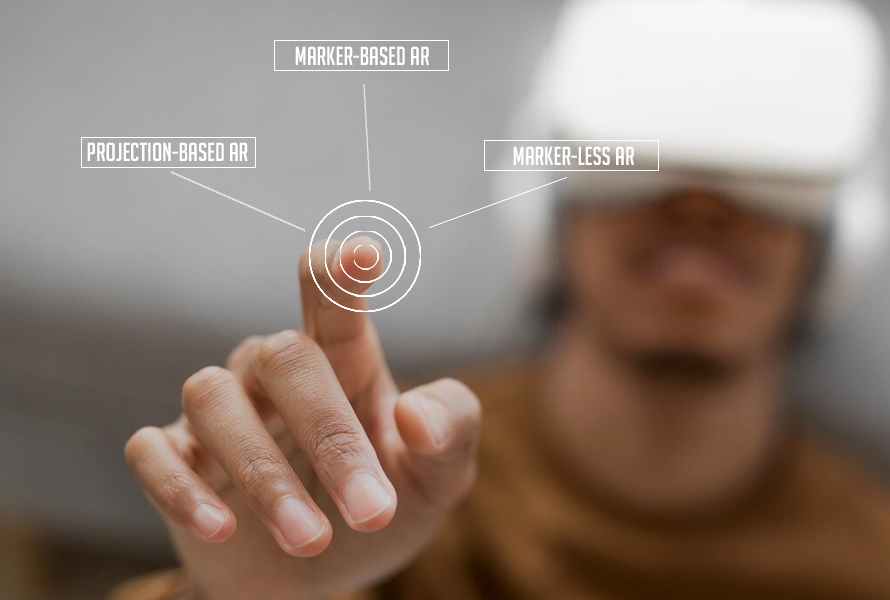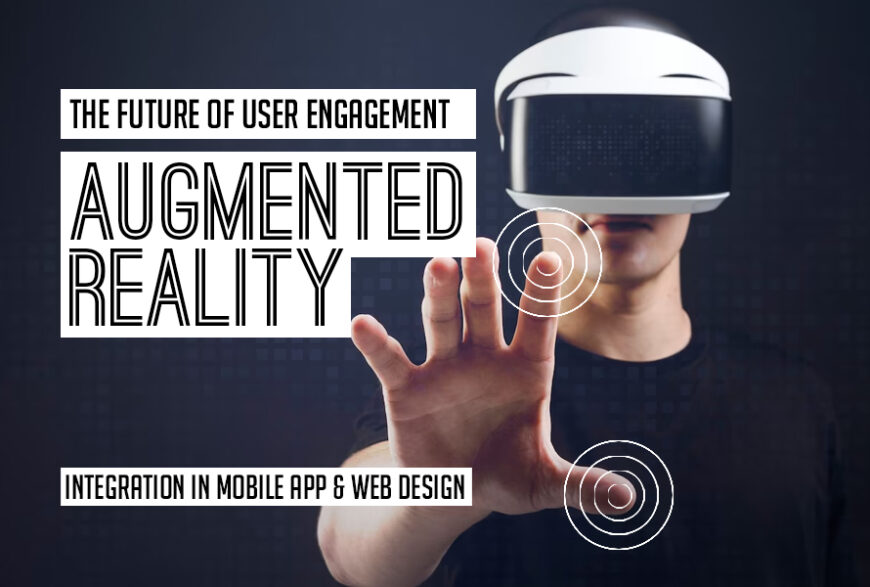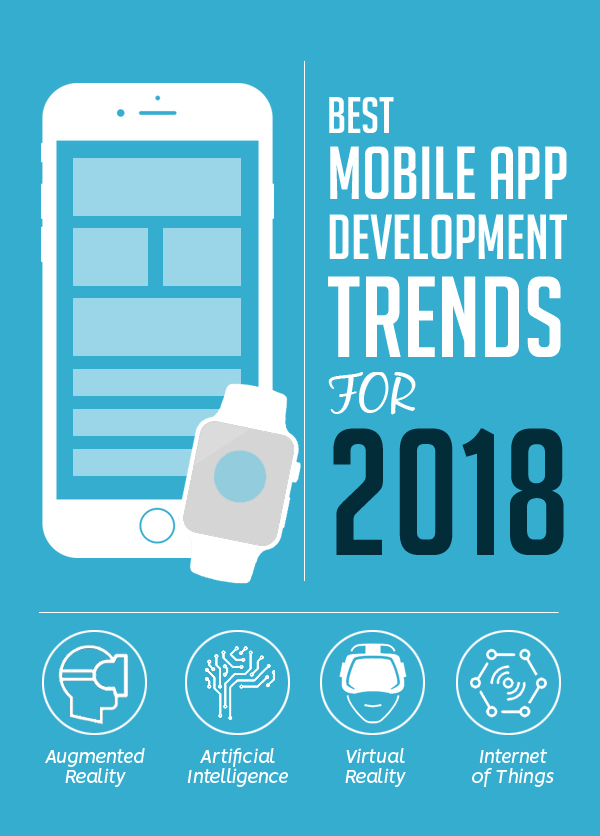A changing and evolutionary digital world where we see and experience new things digitally every day. Augmented reality has been quite the buzz recently. It is influencing the generation in an incredible way through gaming, movie applications, software, websites, health and finance, etc. AR has been around us in all sectors nowadays and has much more ingenious abilities to uncover.
It is an attractive tool for mobile app development these days, as more and more industries are adopting its advancements.
Apps that can blend realities have more impact on users than normal ones. Integration of the virtual and real world can bring about positive feedback from customers. It will improve their daily app interaction and make them look forward to new features. Professionally crafted Augmented Reality services immerse users in a captivating experience, offering a multitude of features to engage with and explore.
Table Of Content
What is known by Augmented reality?

When a computer-generated simulation is merged with the real world and its environment, it becomes augmented reality. It is still in its baby stages and needs a lot of development. The full potential can be extracted and redesigned for everyday use.
However, businesses can still use it to enhance customer experience with images, videos, tracking, AI interaction, and more.
The information generated from various surroundings is superimposed to create augmented virtual information. Through our devices, it feels that the processed image or video is a part of our surroundings. It overlays digital content through our devices onto the real world.
Benefits of using AR technology in developing mobile apps
There are many advantages to using augmented reality in Mobile applications. It can drive more users to retain and convert as they are more engaged in your business.
Let us look at a few benefits:
- Improving the user experience: Augmented reality can deliver an exceptional user experience that engages a customer to interact and feel the dynamics of blending the digital and real world. They can use various types of interaction options as more development is on the line.
- Unique features and innovations: Augmented reality can be used to make various innovations for mobile applications that the users can indulge in. The content will drive attention and thus keep the business in competition.
- Enhanced user engagement: Changes and innovations made through AR will increase the way users share and interact with apps. They will have an amazing time trying out new, unique features and ultra-interactive interfaces. This helps in retention and conversion.
- Competitive marketing: Businesses can capture customers’ attention by incorporating new AR features into their Apps. This way, they can effectively use it as a marketing tool and attract more users who would want to experience this. The basic benefit here is more marketing and brand awareness.
- Easier data information: Learning and understanding complex datasets can now become simpler with AR. Businesses with huge amounts of datasets can use this for their teams and customers alternatively to use data adequately.
What are the different types of AR?

This technology can be used for various industries and make a big difference in how we use innovations.
Let’s understand the 3 main types of AR
- Marker-based AR
- Marker-less AR
- Projection-based AR
Marker-based AR is for image recognition where the device camera and a visualisation marker are used. It is used to replicate and develop digital content. This marker helps the app to overlay and blend subjects through detection features.
When the user points the camera at any point of the marker, the AR calculates the object or subject and overlays its digitally processed content efficiently.
Marker-less AR is for detecting location where it uses GPS function, accelerometer, or gyroscope sensors to record a location. The background is the reference for applying AR and overlapping content.
Projection-based AR is used for projecting digital content onto the physical world. This would give a more detailed and natural interactive feeling to the users.
Conclusion
AR is still in a nascent stage where it has a vast scope for innovation and improvements. By creating endless boundaries, companies can introduce this into mobile apps and enhance the way users interact. This is a transformative opportunity and an effective expansion sector.



















